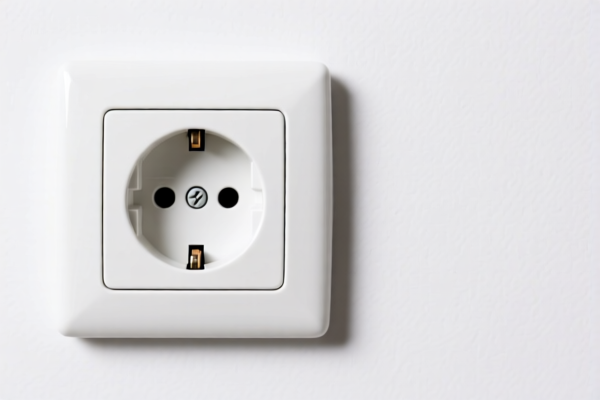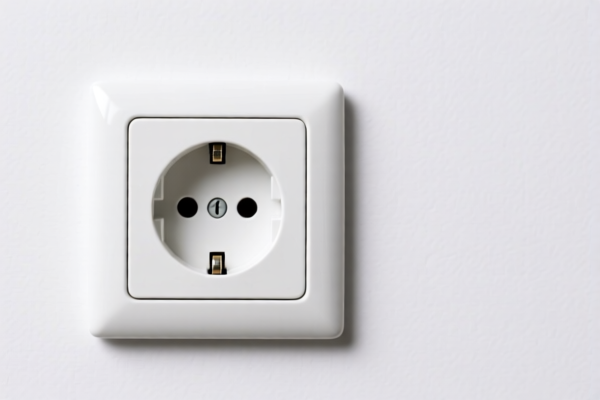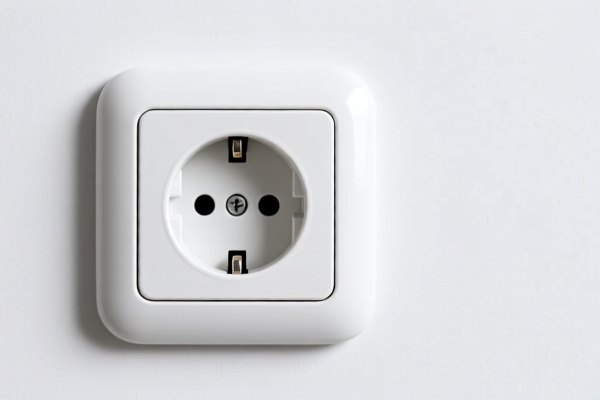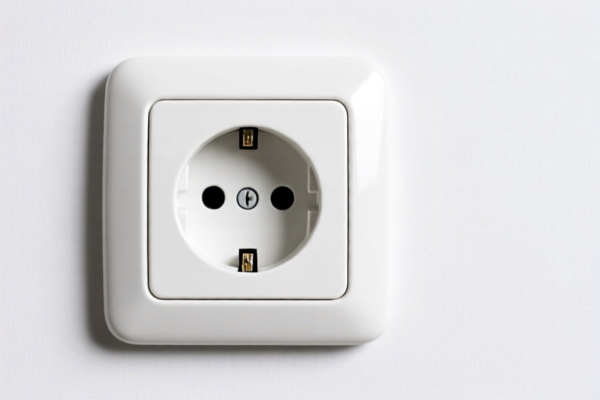| HS Code | Official Doc | Tariff Rate | Origin | Destination | Effective Date |
|---|---|---|---|---|---|
| 8536694010 | Doc | 55.0% | CN | US | 2025-05-12 |
| 8536694020 | Doc | 55.0% | CN | US | 2025-05-12 |
| 3926909989 | Doc | 42.8% | CN | US | 2025-05-12 |
| 3904905000 | Doc | 61.5% | CN | US | 2025-05-12 |
| 3904901000 | Doc | 55.0% | CN | US | 2025-05-12 |




Socket Tester
A socket tester is a diagnostic tool used to verify the proper wiring and functionality of electrical outlets (sockets) and extension cords. It is primarily employed by electricians, maintenance personnel, and homeowners to ensure electrical safety and identify potential hazards.
Material
Socket testers are typically constructed from a durable plastic housing, often ABS (Acrylonitrile Butadiene Styrene), to provide electrical insulation and impact resistance. Internal components include:
- Metal probes: Usually made of brass or steel, these probes make contact with the socket’s internal contacts.
- LED indicators: Various colored LEDs (Light Emitting Diodes) display the wiring configuration.
- Circuitry: A small electronic circuit interprets the voltage and wiring conditions.
- Power cord/Plug: For self-powered models, a standard plug is used.
Purpose
The primary purpose of a socket tester is to identify common wiring faults, including:
- Open Ground: Indicates a broken or disconnected ground wire, a significant safety hazard.
- Open Neutral: A broken or disconnected neutral wire.
- Open Hot: A broken or disconnected hot (live) wire.
- Hot/Ground Reverse: The hot and ground wires are swapped, creating a dangerous condition.
- Hot/Neutral Reverse: The hot and neutral wires are swapped.
- Correct Wiring: Indicates the socket is wired properly.
Function
A socket tester functions by introducing a known electrical signal through the socket's contacts and analyzing the resulting voltage patterns. The tester checks for the presence of voltage on the hot, neutral, and ground wires, as well as the correct relative polarity between them. The results are displayed through a combination of LED patterns, often following a standardized code.
Usage Scenarios
- New Construction/Renovation: To verify the correct wiring of newly installed outlets.
- Home Inspections: As part of a comprehensive safety assessment of a property.
- Troubleshooting Electrical Problems: To identify faulty outlets or extension cords.
- Routine Safety Checks: To ensure outlets are functioning correctly and haven’t been damaged.
- Before Connecting Sensitive Electronics: To ensure the outlet provides a safe and stable power supply.
Common Types
- Simple Outlet Testers (2- or 3-Light Testers): The most basic type, indicating only whether the outlet is wired correctly or has a common wiring fault. These typically use a limited number of LEDs.
- Receptacle Testers with GFCI Functionality: These testers can also test the functionality of Ground Fault Circuit Interrupter (GFCI) outlets and breakers. They often include a "Test" and "Reset" button.
- Circuit Testers with Digital Displays: More advanced models with a digital display that show voltage readings, wiring configuration, and other diagnostic information.
- Outlet Testers with Fault Detection: These testers can detect more subtle wiring problems, such as loose connections or improper grounding.
- Smart Socket Testers: Connected to a smartphone via Bluetooth, these testers can record test results, generate reports, and provide remote diagnostics.
Based on the provided information, a socket tester falls under the category of electrical apparatus for switching or protecting electrical circuits, or for making connections to or in electrical circuits. Here's a breakdown of relevant HS codes:
- 8536694010: This HS code covers electrical apparatus for switching or protecting electrical circuits, or for making connections to or in electrical circuits (for example, switches, relays, fuses, surge suppressors, plugs, sockets, lamp-holders and other connectors, junction boxes), for a voltage not exceeding 1,000 V; connectors for optical fibers, optical fiber bundles or cables: Lamp-holders, plugs and sockets: Other: Coaxial connectors; cylindrical multicontact connectors; rack and panel connectors; printed circuit connectors; ribbon or flat cable connectors Coaxial connectors. The total tax rate is 55.0%, comprised of a 0.0% base tariff and a 25.0% additional tariff, increasing to 30.0% after April 2, 2025.
- 8536694020: This HS code covers electrical apparatus for switching or protecting electrical circuits, or for making connections to or in electrical circuits (for example, switches, relays, fuses, surge suppressors, plugs, sockets, lamp-holders and other connectors, junction boxes), for a voltage not exceeding 1,000 V; connectors for optical fibers, optical fiber bundles or cables: Lamp-holders, plugs and sockets: Other: Coaxial connectors; cylindrical multicontact connectors; rack and panel connectors; printed circuit connectors; ribbon or flat cable connectors Cylindrical multicontact connectors. The total tax rate is 55.0%, comprised of a 0.0% base tariff and a 25.0% additional tariff, increasing to 30.0% after April 2, 2025.
Explanation of HS Code Structure:
- 85: Chapter 85 covers Electrical machinery and equipment.
- 36: Heading 36 specifically covers Electrical apparatus for switching or protecting electrical circuits, or for making connections to or in electrical circuits.
- 69: Subheading 69 covers Lamp-holders, plugs and sockets.
- 40: Further specifies "Other" within the category of lamp-holders, plugs and sockets.
- 10/20: Differentiates between Coaxial connectors; cylindrical multicontact connectors; rack and panel connectors; printed circuit connectors; ribbon or flat cable connectors.
According to the provided reference material, the HS code options related to 'socket tester' are limited, with only the following 2 found.
Customer Reviews
No reviews yet.